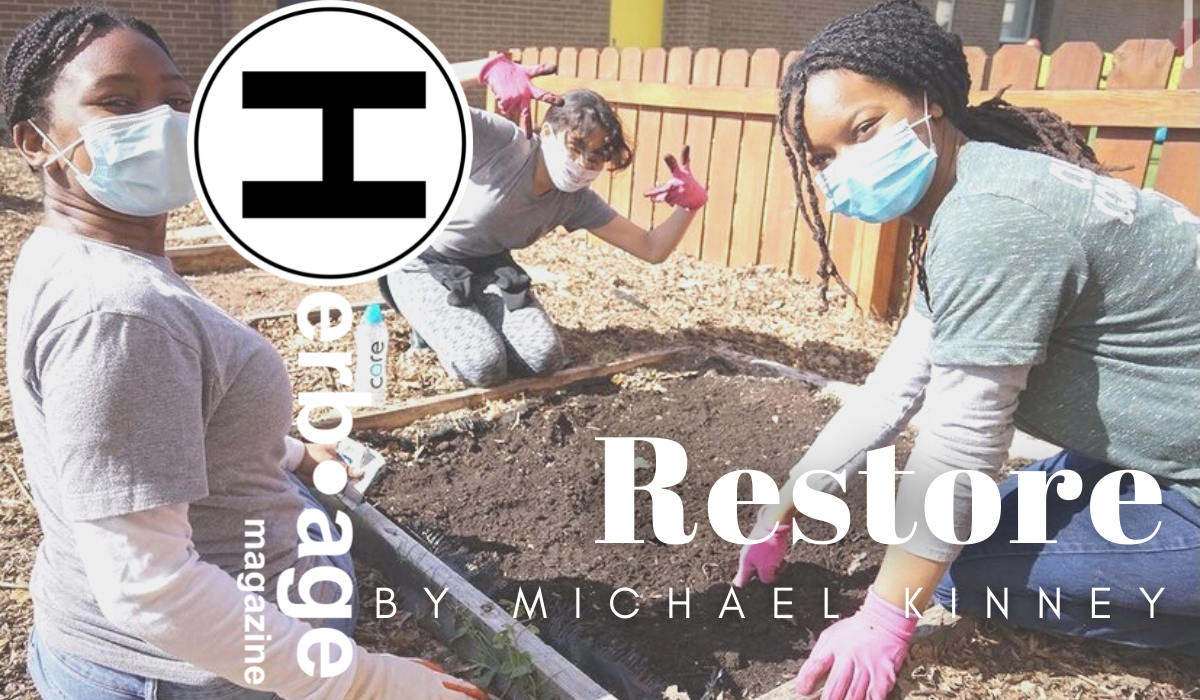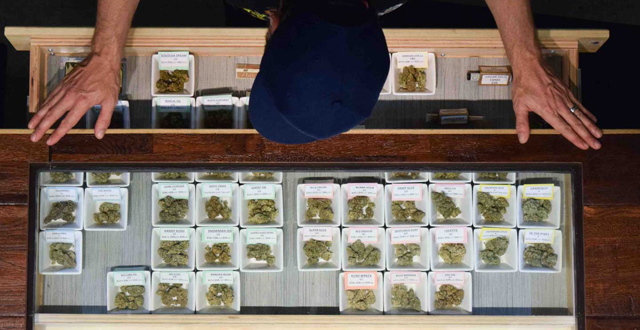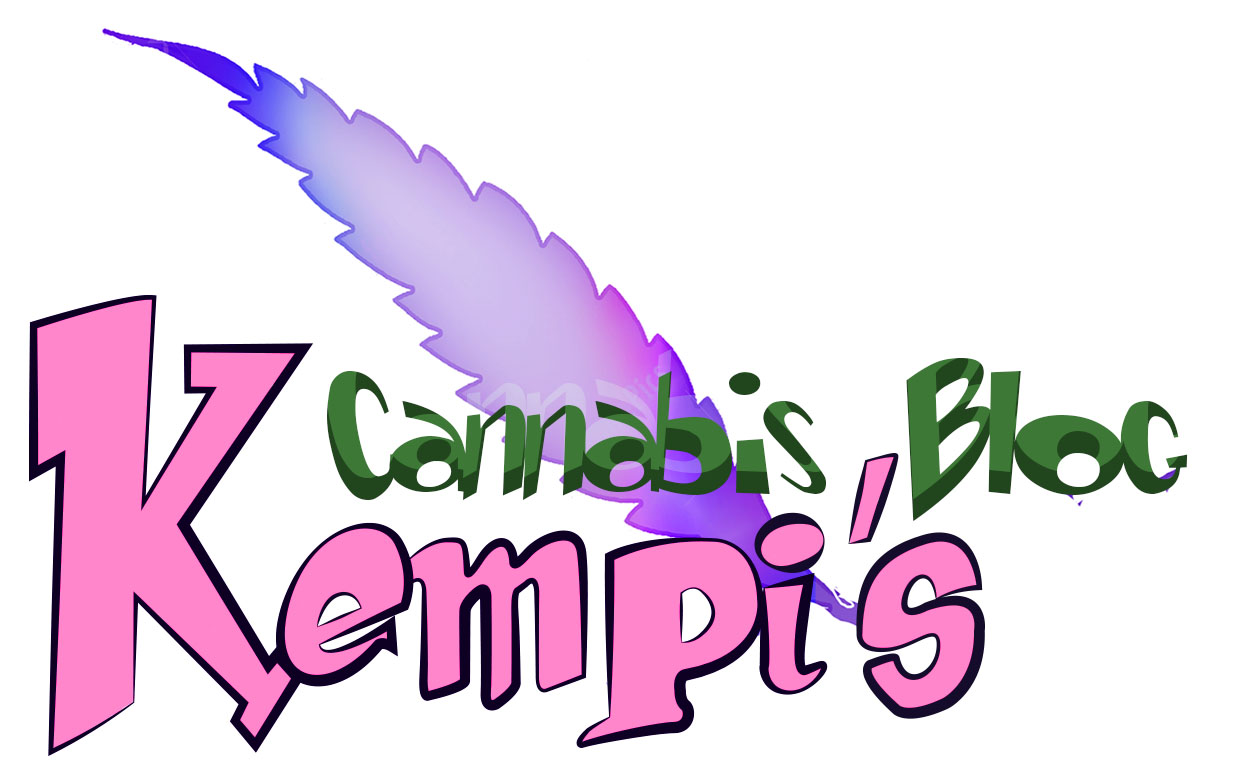by Michael Kinney
Technically, the residents in the Clara Luper Corridor have only been in a food desert for two years. When Smart Saver closed unexpectedly in August 2019, that left thousands of households without a grocery store for miles in any direction.
However, in actuality the east side of Oklahoma City has been a food desert for much longer than that, according to Ward 7 Councilwoman Nikki Nice.
“We’ve all had restless nights because we know people are going hungry,” Nice said. “We’ve had restless nights because we know food access is possible even in a community in which they say it’s not. We’ve had restless nights because people say ‘yeah, we’re going to bring something, but give us time.’”
According to Nice that time came and went with none of the promises fulfilled.
But the wait came to an end April 21 when the Market at Eastpoint opened its doors for the first time to the public. Just a few blocks from where Smart Saver was located, the new grocery store brings hope to a community that desperately needed it.

“We’ve been setting the shelves all week over here with the Homeland team and to see neighbors knock on the door and peek their head in and see the produce just burst into tears,” said Caylee Dobson, Executive Director at Restore OKC. It’s so exciting to see shoppers appreciate that and excited to buy it.”
Restore OKC teamed up with the Homeland Grocery chain to create The Market at Eastpoint (1708 NE 23rd). The organizations came up with a plan for a public-private partnership that would allow them to co-operate the grocery store.
Restore OKC was able to focus efforts on fundraising and securing product donations and partnerships that could help sustain the store through the early years, while Homeland used its expertise in the grocery industry to streamline the process and provide oversight and infrastructure.
“We are thrilled to see our public-private partnership with Restore OKC come to life. We have an opportunity here to serve our community in a deeper way and make an impact on food security and this store is a great way to do that,” Homeland CEO Martin Jones said. “This is an important project for our employee-owners, and we are proud to work hand in hand with the community to make it a reality.”
It took just six months for the plan to come together and for the grocery store to be built. According to Councilwoman Nikki Nice, it just took people willing to invest in the community instead of giving lip service and fake promises.
“This is what a six-month commitment to a community looks like,” Nice said. “There have been others who have said we’ll bring you something in six months. It’s been over a year, we’re still waiting. This conversation began with the ribbon-cutting in October. It’s April. That’s what a six-month commitment to a community looks like. This is what happens when you invest in the community that you’re serving. This is what happens when you pull everyone together and say let’s do this together. This is what community looks like.”
The Market is a full-service grocery store. Everything from fresh foods to frozen pizzas and water can be found inside the 7,000-square-foot building. It also has a section in the back for ready-to-eat hot foods prepared by Community Chef Brandi Jones of the former Family Affair Restaurant.
Much of the organic and healthy food options will be grown at Restore OKC’s 5-acre urban farm which is managed by led by 18 high school students from the northeast Oklahoma City community. But they also have regularly delivered produce as well.
“Because food access is important for our communities and we can’t thrive if we’re not being fed,” Nice said. “And it starts with us being able to feed our neighbors. So this was a long work in progress, even though it took a short time for us to get here.”
The Market’s business neighbors include Urban Wellness Dispensary, Hybrid Cures and Amazing Cannabis Co. Strainz.
According to the USDA, there are more than 19 million people in America who live in a food desert. Their definition of a food desert is any place where at least a third of the population lives greater than one mile away from a supermarket for urban areas, or greater than 10 miles for rural areas.
Until the Market arrived, Northeast Oklahoma City residents had to travel three miles to the next closest full-service grocery store.
“What you have is a lack of food access,” Dobson said. “And when that’s anchored in a community that also has a high rate of single-parent households, and they’re very transportation dependent, what you start seeing is just all of the effects of that exacerbate cycles that have been perpetrated by history and by cycles of injustice that just get worse.”
The Market is located in Ward 7 of Oklahoma City. Of its 61,674 residents, 50 percent are black and 23 percent are classified as living below the poverty level.
Getting residents access to healthy food can be a game-changer for not just northeast Oklahoma City, but throughout the state, according to Nice.
“This speaks to what food access looks like. We look at food justice, food insecurity, food apartheid, and people have to realize it’s not just communities that are underserved or purposely ignored,” Nice said. “It’s also your affluent communities that are also in food deserts because it’s about the access to food options. So, it’s now working through the process of having an example, such as this store, to mimic other parts of our community throughout the city and throughout the state.”




